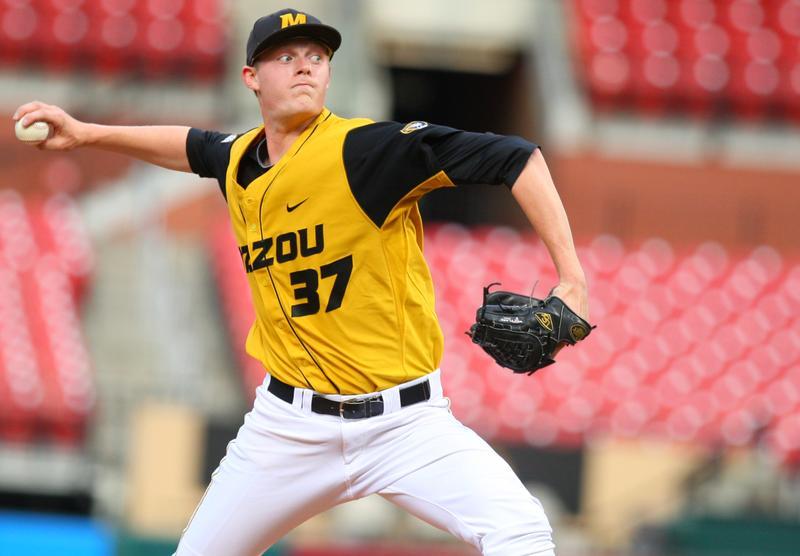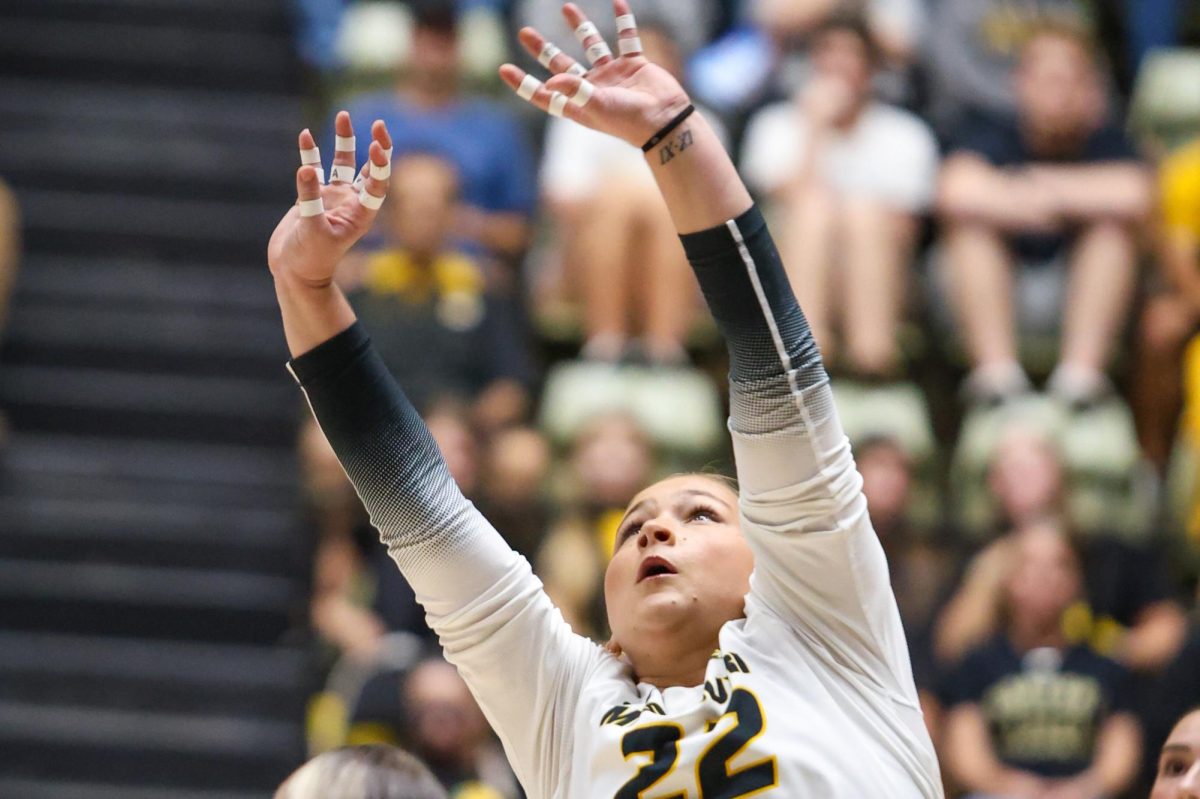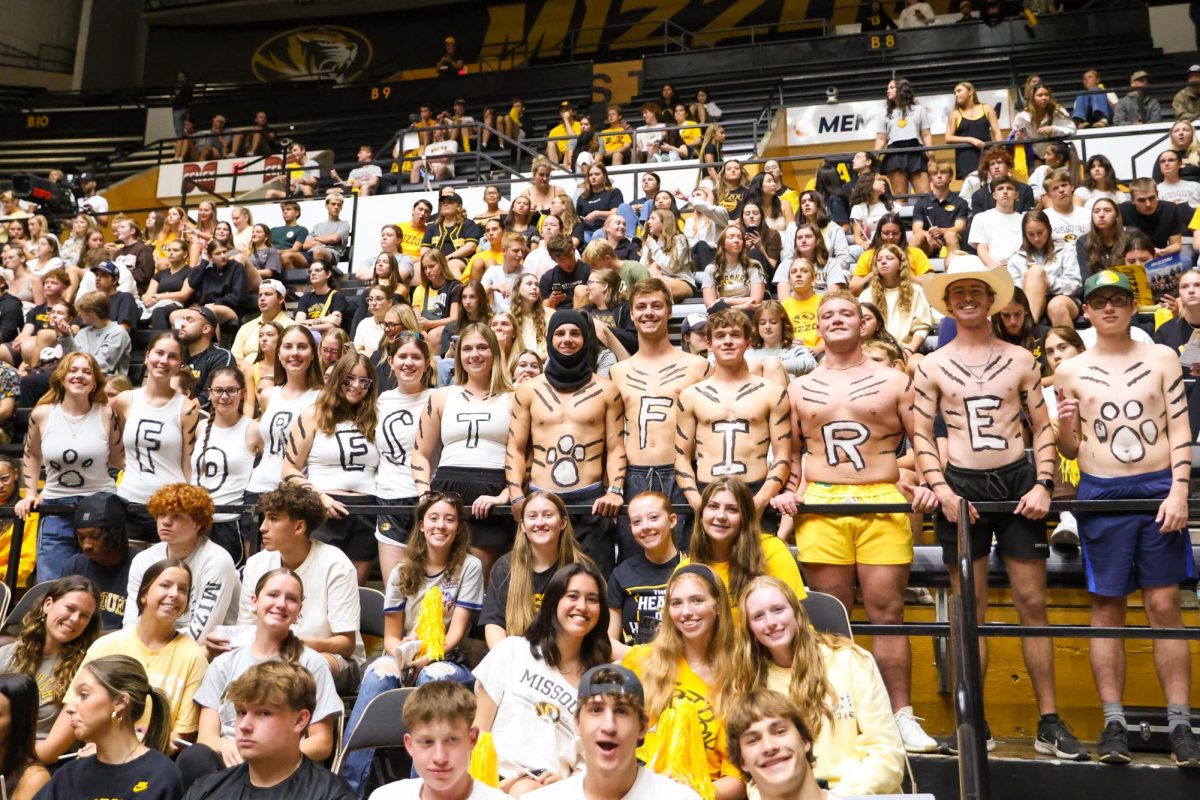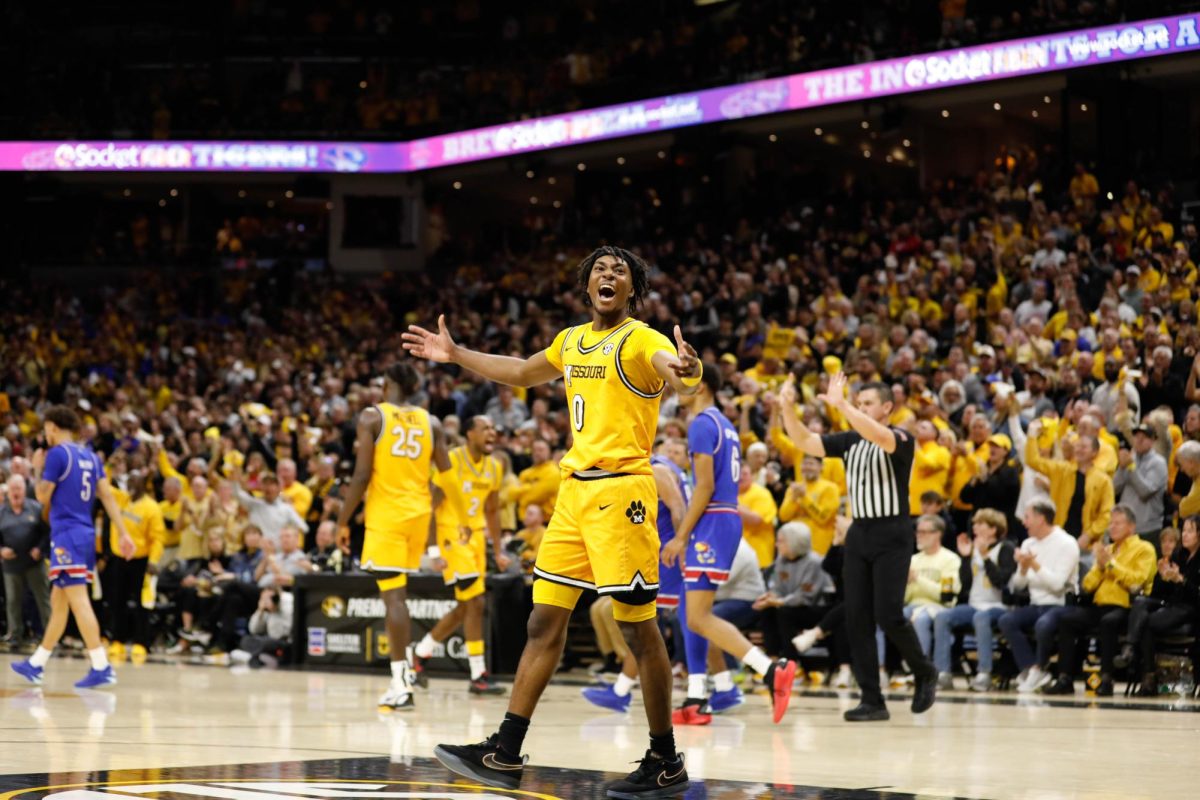Tommy John stopped playing Major League Baseball in 1989, but his name keeps coming up.
Pitchers rupturing the Ulnar Collateral Ligament in their elbows has occurred more frequently through the season’s first months than ever before. Per baseballheatmaps.com, 18 pitchers have gone under the knife to repair UCL damage in the majors so far this season alone.
According to the same website, during the entire 2013 season, 19 major leaguers received a Tommy John surgery, the name given to the corrective procedure.
“Tommy John surgery is named after one of the first pitchers to receive the surgery,” said Missouri baseball trainer Aaron Gray. “Usually what is done is a tendon is taken from the end of the forearm, close to the wrist. And that tendon is actually used to reconstruct the ulnar collateral ligament.”
Returning from the surgery is lengthy and taxing, with the rehab period set from a year to two years, according to WebMD.
Senior Eric Anderson and sophomore Peter Fairbanks have both effectively returned after undergoing Tommy John surgeries, though Anderson has been held out of throwing for the past week after exiting his last start early.
For Fairbanks, he said his arm almost feels better since the operation. That did not come easily; he said his rehab was difficult.
“Hellish is a good way to describe it,” Fairbanks said. “I had to do an hour and a half to two hours a day for three months, just to start strengthening your shoulder and the area around the shoulder. After that, I could finally start lifting light weights and doing other exercises.”
Gray said the increased prevalence of Tommy John surgeries is rooted in a variety of reasons.
“It probably is not a single cause,” Gray said. “It probably is a combination of a lot of things. One is velocity. Pitchers are throwing harder now than ever before. We know that if you throw harder, you have increased stress on the inside of your elbow and on the UCL.”
In a recent study, though, Jeff Zimmerman of Fangraphs.com, a baseball statistics and analysis website, found that pitchers who threw over 100 miles per hour needed the Tommy John surgery at a lower rate than the overall population of pitchers.
Of the 56 pitchers who have touched triple digits since 2007, 25 percent have ruptured or damaged their UCL. For all pitchers, it is expected that 33 percent will need the surgery at some point. But the sample of hard throwers is small enough to draw the result into question.
Mike Marshall, a former major league player who holds a master’s degree in science and a doctorate in exercise physiology, said throwing motion, not velocity, is responsible for the increased number of UCL injuries.
Marshall has created his own motion, which he claims will eliminate shoulder and elbow injuries altogether. He emphasizes use of the muscles in the back and not the pectorals. This brings the arm in a straight motion down and back to front and over, almost like a softball delivery.
However, there lacks a sample to research this motion. No MLB pitcher has used it, and there are questions of whether a pitcher could even be effective throwing that way.
But instead of mechanics or velocity, there might be a simpler answer — overuse.
James Andrews, the foremost expert on ligament repair and doctor to multiple professional athletes, found a much higher injury risk for kids who played year-round in multiple leagues. This takes away the arm’s recovery time, leaving the elbow vulnerable.
In a 2001 study, a pair of writers from Baseball Prospectus found a link between the high pitch counts of the time, usually 130 to 140, and injury occurrence.
Any count that high has become rare in the majors, because it is in a team’s best interest to protect the future of the arms it has millions invested in.
College is a different story.
When an elite pitcher goes to college, he’ll frequently be asked to throw beyond the point of fatigue, into counts around the risky 140 mark. This is demonstrated nearly every week when North Carolina State’s Carlos Rodon, the possible No. 1 pick in the 2014 MLB Draft, takes the mound.
Mizzou avoids allowing pitchers to get that high.
“It depends a little bit on each guy,” Missouri coach Tim Jamieson said. “Generally, once a guy reaches 100 pitches, we’ll let him finish the inning but he won’t come out for the next one. That’s just us, and it does depend on the guy. We don’t have a set pitch count for each person.”










